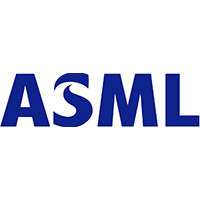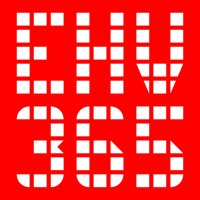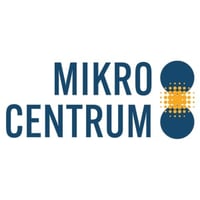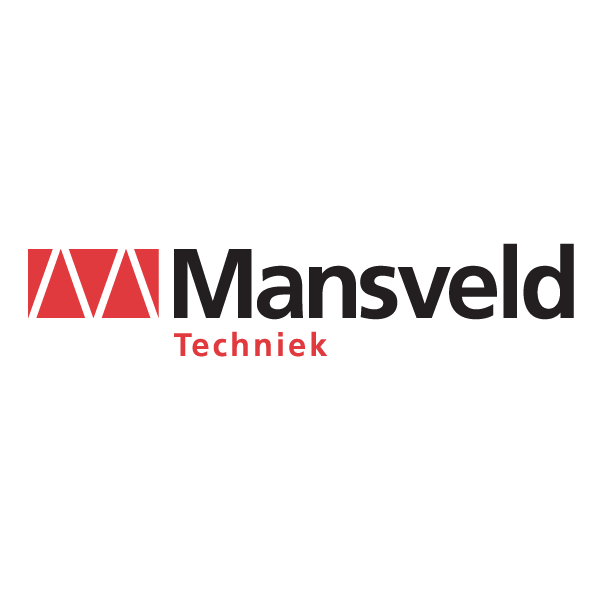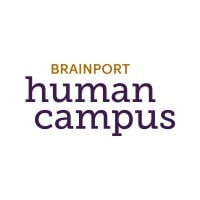Challenge Week 040
Date
Tuesday August 29, 2023 to Friday September 1, 2023
Location
Organiser
TU/e, Fontys Pulsed, Summa Engineering
We dare you to reshape your future
This summer, the young thinkers and creators of Summa Engineering, Fontys Pulsed, and TU/e are invited to reshape the future. Driven by talent, unstoppable by barriers. Tackling real challenges and creating practical innovations to sustainably redesign the future of festivals and campus. During Challenge Week, it’s all about talent, not degree.
Dare to play your unique part in reshaping your world?
Pictures
Thank you all for an amazing week! Here you can find a selection of the pictures. To view all pictures, please use the buttons:
Schedule
Campus of the Future
Challenge 1: Pop-up Library
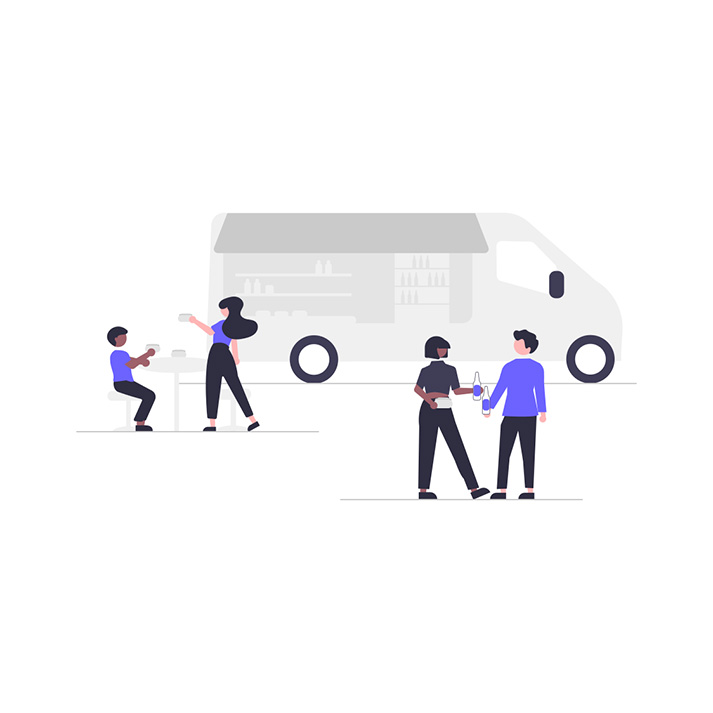
Context
Libraries play an important role in our society. For centuries, libraries have been the place where people acquire knowledge and information. But libraries are much more than that. They also act as meeting places where people gather to learn, read, relax and socialize.
Sadly, libraries are finding it increasingly difficult to engage your (the younger) generation. There are several reasons for this. First, young people are increasingly digitally oriented and there are many alternatives available to find and consume information, such as online blogs, podcasts and e-books. The Internet also influences your areas of interest through the use of algorithms (Spotify, YouTube, etc.). The majority of young people are reading fewer books anyway, probably because it no longer suits their lifestyle.
To get young people excited about libraries again and keep them engaged, it is important for libraries to be more responsive to young people's interests and needs. But then they need to know what young people care about. What would be reasons for them to get connected to the library?
Challenge
How can we create a pop-up “library experience” of the future using a mobile transporter bus, with a natural appeal for young people aged 15-25, who do not often use a library now?
Requirements
- Your pop-up library must be a combination of physical (the bus) as well as online
- A visitor should be able to experience one or more components of the library of the future. These are the "Learn," "Ask," "Read," "Meet," and "Do" pillars (see background information)
- Ensure that the pop-up library bus excites visiting young people to learn and develop in a way that fits their lifestyle (e.g. integrating innovative technologies such as AI and Virtual Reality, or creating a "space" where young people can meet and exchange ideas)
- The design should be an attractive, inclusive and approachable place that young people enjoy using
- Test your pop-up among young people (15-25 yrs.) and show what they really think of it and what they would like to see realized and why
Challenge 2: Living room of the city
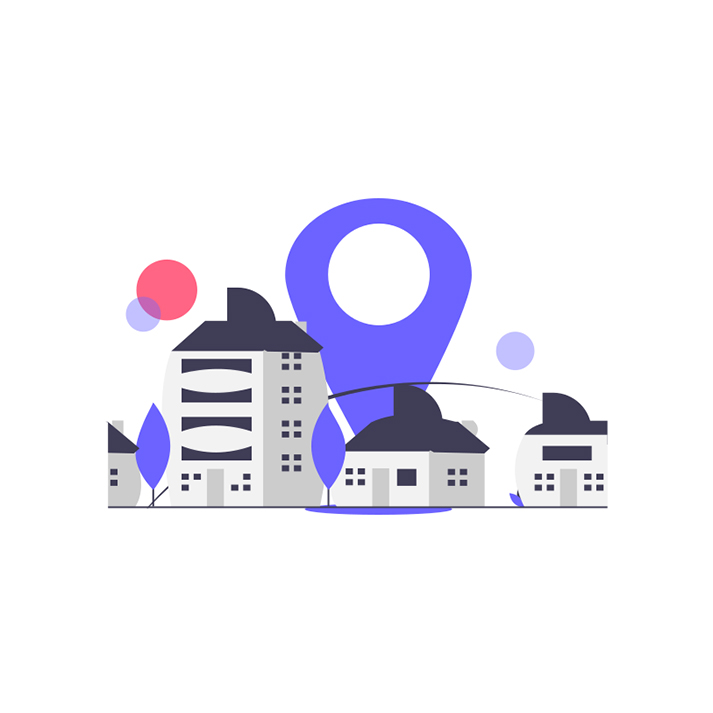
Context
There is an increasing need in our individualistic society for togetherness, to be seen, to have real contact with others and for everyone to really participate in our society. After Corona, on the contrary, we see that more and more students (but also teachers) stay at home more often and are less visible. International students find it difficult to find their way and connect with existing initiatives or cultural habits.
Campus areas could play a positive role in this, but this is not happening enough. Thus, campus functions such as residence, exchange, meeting and activities between people are insufficiently utilized. Accidental encounters and combating loneliness among students and faculty are insufficiently promoted. For the time being, campuses primarily have a logistical and atmospheric function.
Using the campus as a space where one can be active outdoors and meet others also contributes to promoting the health of campus visitors. In addition, the campus can create a relaxed atmosphere in which meetings can take place in a low-threshold manner and provides an opportunity for everyone (including local residents) to participate.
This could be the function of a campus. The big question is how to make it happen? Perhaps the solution is not that difficult. When do people start playing, moving, talking, meeting, laughing and so on.
Challenge
How can we provide a community activity on the campus grounds that invites campus visitors, in a low-threshold way, to be collectively and leisurely active outdoors, interacting with each other?
Requirements
- Easily accessible: you do not need to bring anything yourself to participate
- The activity is inviting and inclusive
- You can join on your own (almost) continuously
- Skill in the activity is of minor importance
- The design encourages collaborative (play) activity
- Wins or losses do not negatively affect the enjoyment of play and interaction
Challenge 3: Pop-up kitchen
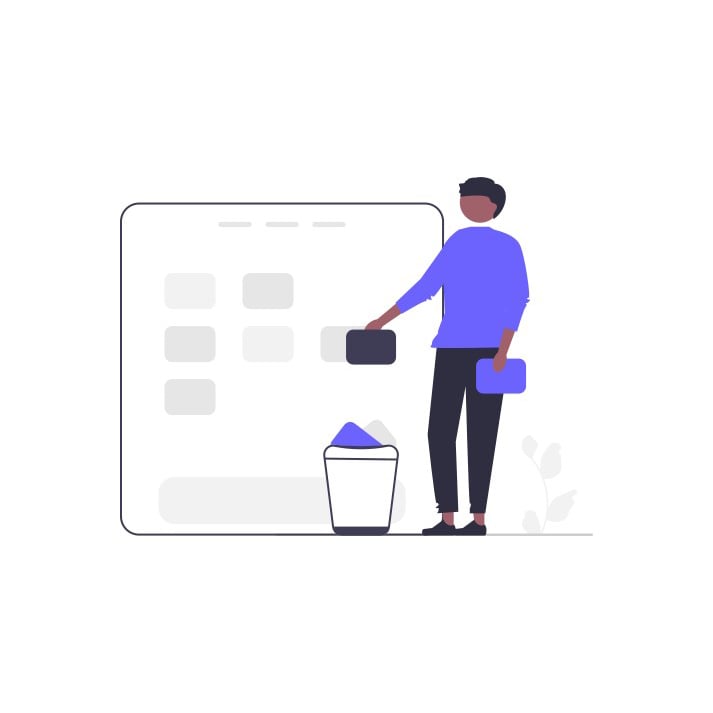
Context
There is a number of developments going on at campus that we would like to break through. For example, food on campus is increasingly expensive (all kinds of causes), many restaurants on campuses produce a lot of waste in various ways (packaging materials and food items that are left over and thrown away), the well-being of students (and staff) is under increasing pressure, because healthy food is becoming more and more expensive too. For (international) students, the supply of hot food on campus is very limited, while a hot meal at lunch is highly desirable.
In addition, in our individualistic society there is an increasing need for togetherness, to be seen, to have real contact with others. After Corona, on the contrary, we see that more and more students (but also teachers) are staying home more often and are less visible. International students find it difficult to find their way and connect with existing initiatives or cultural habits.
At the same time, there is increasing poverty in the Netherlands. Because of the various crises we are facing, the group of people living in poverty is growing. We see this, among other things, in the number of people who have to rely on the Food Bank for their daily necessities. What we don't see, but do know, is that more and more students are also living in poverty.
What if we combine the problem of affordable and healthy food and food waste with the problem of insufficient connection in society and feelings of loneliness? Cooking and eating together connects. What other ingredients are needed to provide a solution to these problems?
Challenge
How can we create a pop-up kitchen with each other and for each other on campus, in order to bring people together and reduce living cost?
Requirements
- Use as much fresh products as possible
- The threshold to participate in both food preparation and eating together is as low as possible.
- Make smart use of the campus grounds to realize the pop-up kitchen
- Waste products from restaurants and caterers should be part of the solution
- The pop up kitchen can be used as living lab: courses and researchers can link their research and course content to the pop-up kitchen (think of technology such as AI, vertical farming, Marketing, etc.)
- The pop-up kitchen should provide room for meeting and doing things together
- The solution must be sustainable
- The solution must be affordable
- The solution must be scalable and flexible (not every day has the same amount of waste)
Festival of the Future
Challenge 1: Finding each other
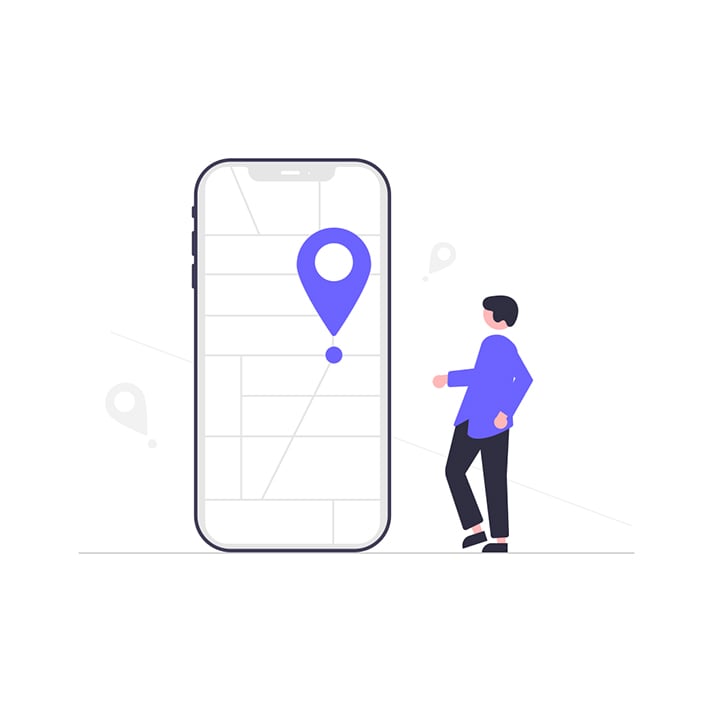
Context
You or someone you know is at a festival with your friends and are standing at a concert enjoying the music. You unfortunately need to go to the restroom and check before you leave where you are somewhere. Once you get back to that spot (more or less), your friends are nowhere to be seen. There you are on your own!
Of course, you and your friends have agreed on a place, in case you lose each other. But yes, that's somewhere else on the premises. Then you just send a message in the app group. Reply: "We are at the second pole to the left of the stage." Okay, now try to get there through all the crowds… And once you get there you don't see any of your friends.... they should be there. Then you start thinking: “Did they mean looking to the left of the stage facing the stage or just facing the stage with your back?” Meanwhile, you only partially get to experience the cool concert you wanted to see.
This probably familiar situation can leave you feeling frustrated because you don't want to waste time looking for your friends while your favorite band is playing. And that very experience is what you want to share with your friends. This makes the experience of a festival less fun, or you may even feel lonely at certain times, whereas a festival should be a fun experience that brings together.
Challenge
How can we "enrich" physical (offline) interactions at a festival, and how to connect and strengthen the offline community by the usage of digital support?
Requirements
- The main focus of the solution is offline. Think of the online part of the solution as an extension of the offline part (there is often bad mobile coverage at the venue)
- Security and privacy must be guaranteed
- Make sure to provide an onboarding experience that begins at the start of the festival
- The solution should provide an experience beyond the festival
- The solution must consider crowd management
- Provide a safer festival experience
- The solution should accommodate people with disabilities
Challenge 2: The bar of the future
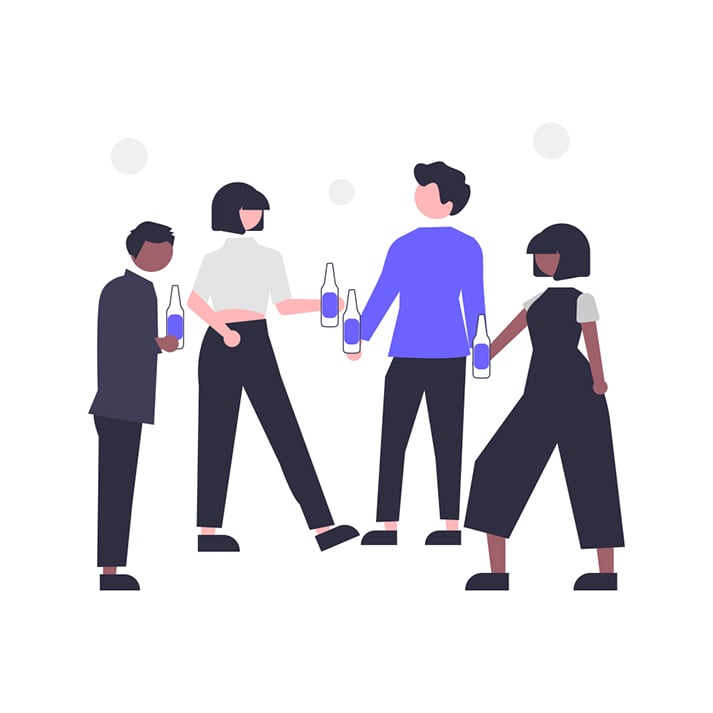
Context
As part of sustainability efforts, festivals are looking for sustainable solutions; the bar plays an important role in this change. For example, there is much to be gained in making festivals more sustainable through the use of cups and token collection points. Bar staff often make calculation errors when checking off orders due to busy traffic. Part of this is the collection and return of hard cups to the bar for reuse, on which a deposit is also charged, in addition to orders being made.
Many solutions have been devised to make this process more sustainable, but these solutions also brought new problems. Such as loss of revenue due to longer wait times at the bar, or because fewer rounds are handed out. Higher costs due to logistical challenges, or lower appreciation of the festival experience due to a variety of measures.
Something not everyone thinks about is that the ordering process starts at the moment you're in the midst of your friends halfway through your favorite song and realize you actually want something to drink. And not just you, your friends are in the mood for a drink as well. But yes, there are long lines at the bar and not everyone has already finished their current drink so not all cups (deposit) can be taken away.
Challenge
How can we design a sustainable future-proof bar that contributes to a better personal ordering experience?
Requirements
- The workflow must be simple and workable (fool proof. Consider sound/understandability during festival)
- The solution should not take extra time in the ordering process from both the customer and staff perspective
- Use sustainable cups (required by law)
- Make sure the solution is affordable
- The solution should increase sales. Think of price psychology, crowd management
- It must be easy for the customer to buy a round of drinks
Challenge 3: Spectacle of light and sound
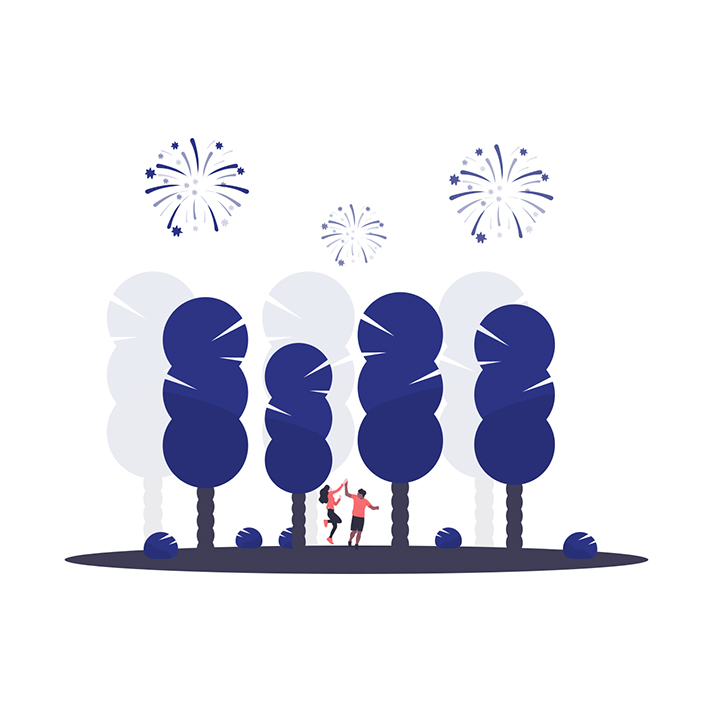
Context
At festivals but also certainly at New Year's Eve we now see a lot of fire (work), but there are increasing calls for a ban on fireworks. It is dangerous (think of damage public property, such as mailboxes and trash cans, but also medical consequences and associated costs of physical injury), brings a lot of waste and is bad for the environment (including air pollution).
On the other hand, it also provides a memorable experience that creates a piece of togetherness; you can share and experience it together which creates great memories and contributes positively to the experience of an event.
In this zeitgeist, environmental and safety considerations, as well as those related to togetherness and experience are very important. The use of fire (work) creates a certain friction in this regard. Festivals are looking for a solution to this.
Challenge
How can we create a future-oriented alternative to the use of fire(work) that provides the same memorable experience to festival visitors?
Requirements
- It is bastard proof; it cannot break easily
- Make sure it is easy to use
- It should be reusable
- The solution must include an element of co-creation with the festival visitor; each individual can actively participate (i.e., not just passively observe)
- The spectacle is a unique experience (customizable)
- The alternative should be usable both indoors and outdoors, in dry and wet weather
- The more people interact or participate the greater the spectacle
- Energy used must be renewable
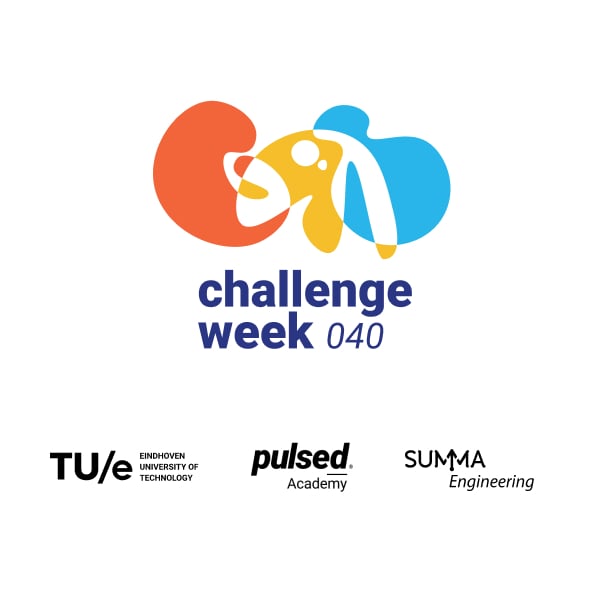
Inclusive Conviction
Challenge Week 040 is co-organized by Fontys Pulsed, Summa Engineering and TU/e. Never before have students from the different institutions worked so closely together to tackle real challenges for real clients. Strange really, because regardless of their emphasis on theory or practice, every student can contribute to innovations that make the world a little better. And together, they are even stronger. Based on this inclusive conviction, Challenge Week 040 was born.
Sponsors
We thank our sponsors for supporting us.


